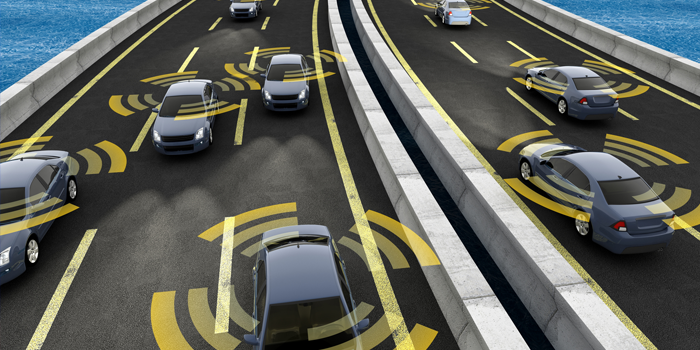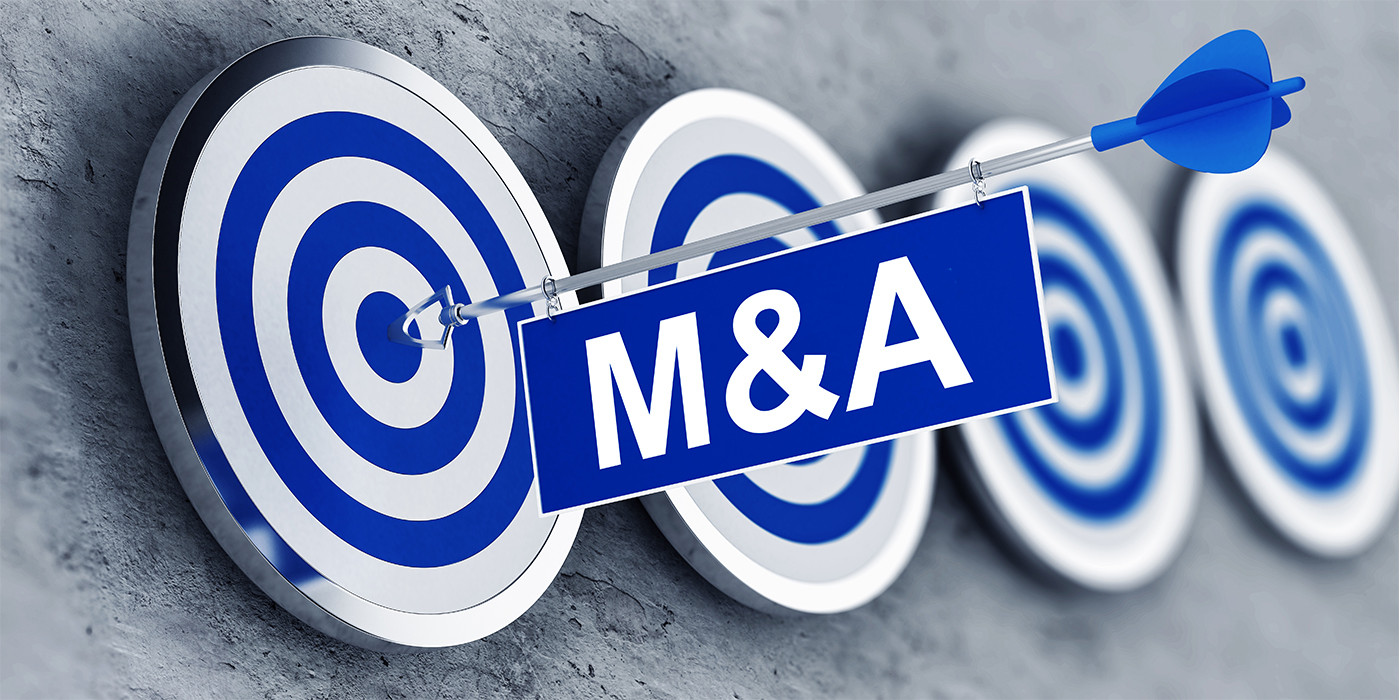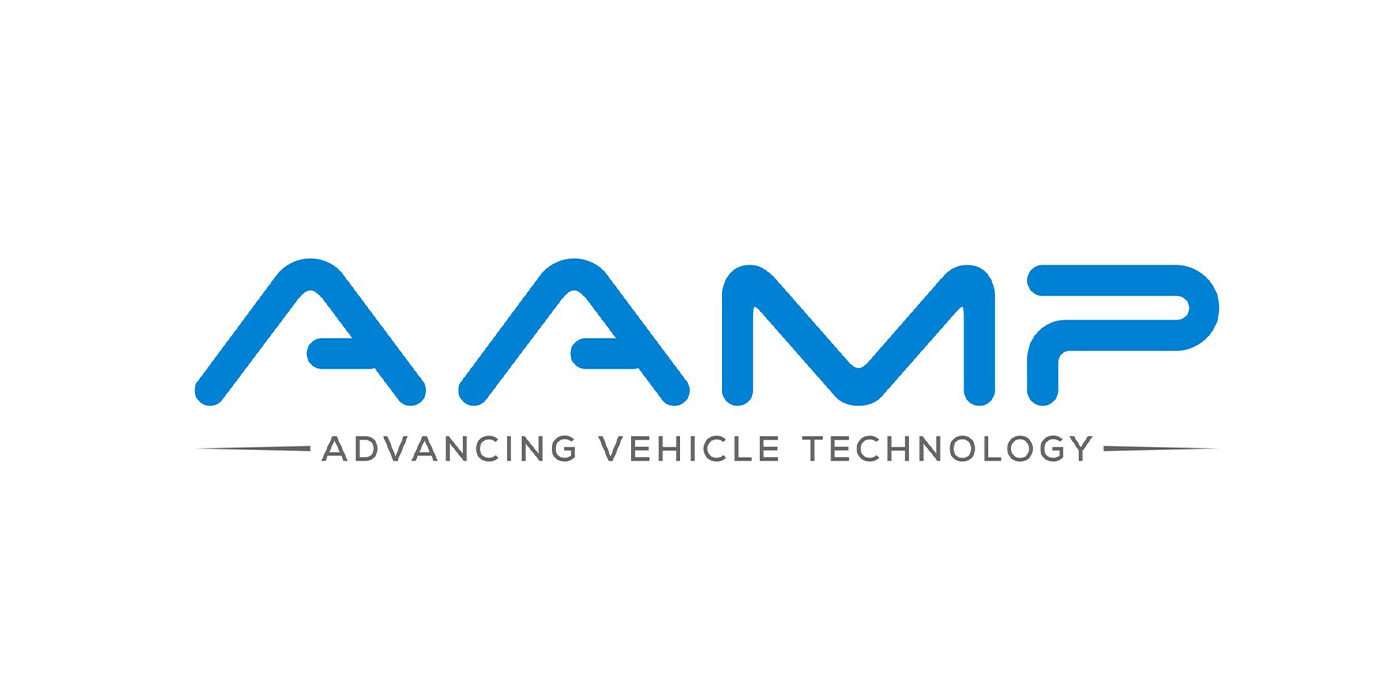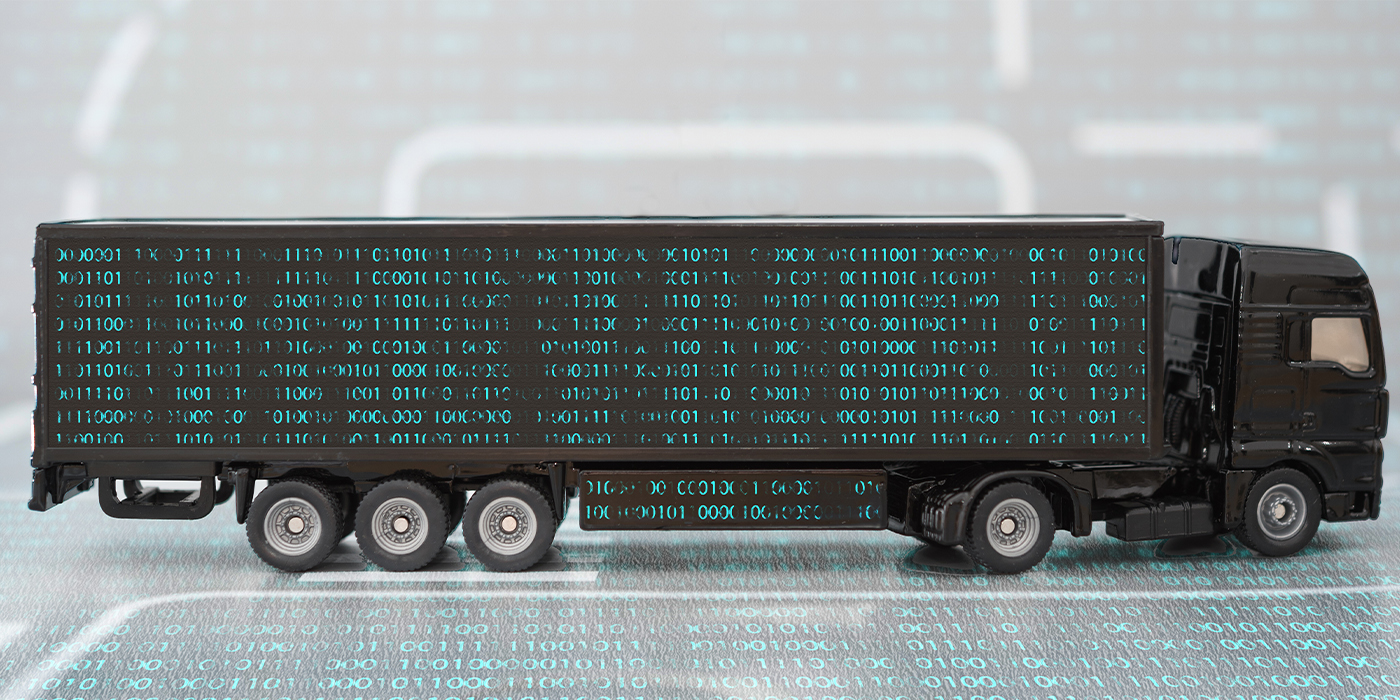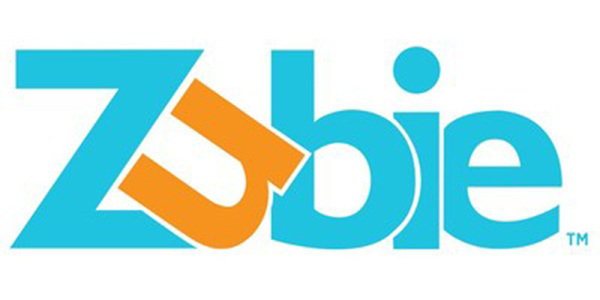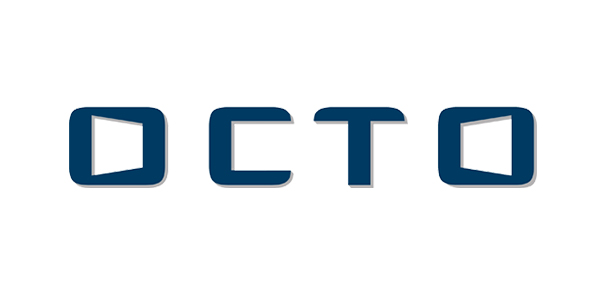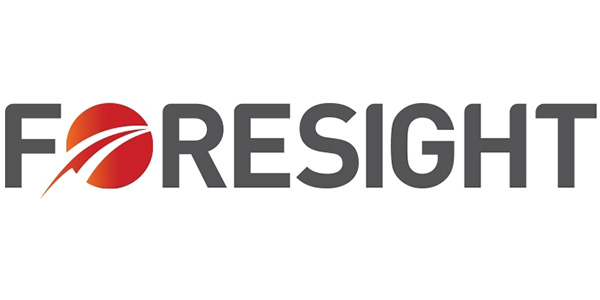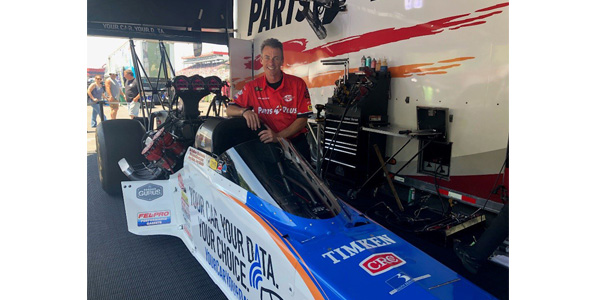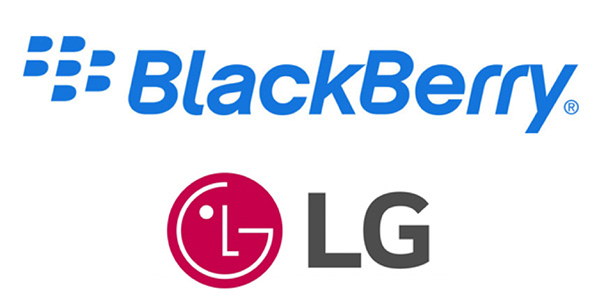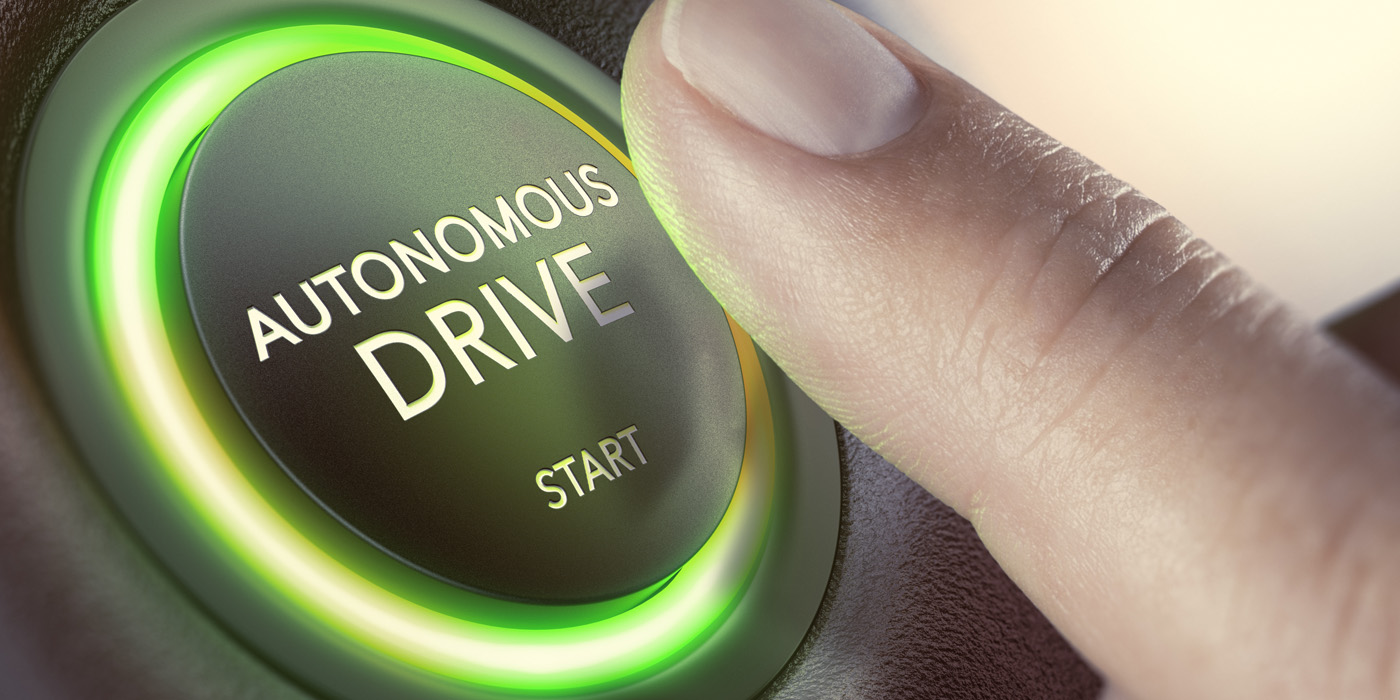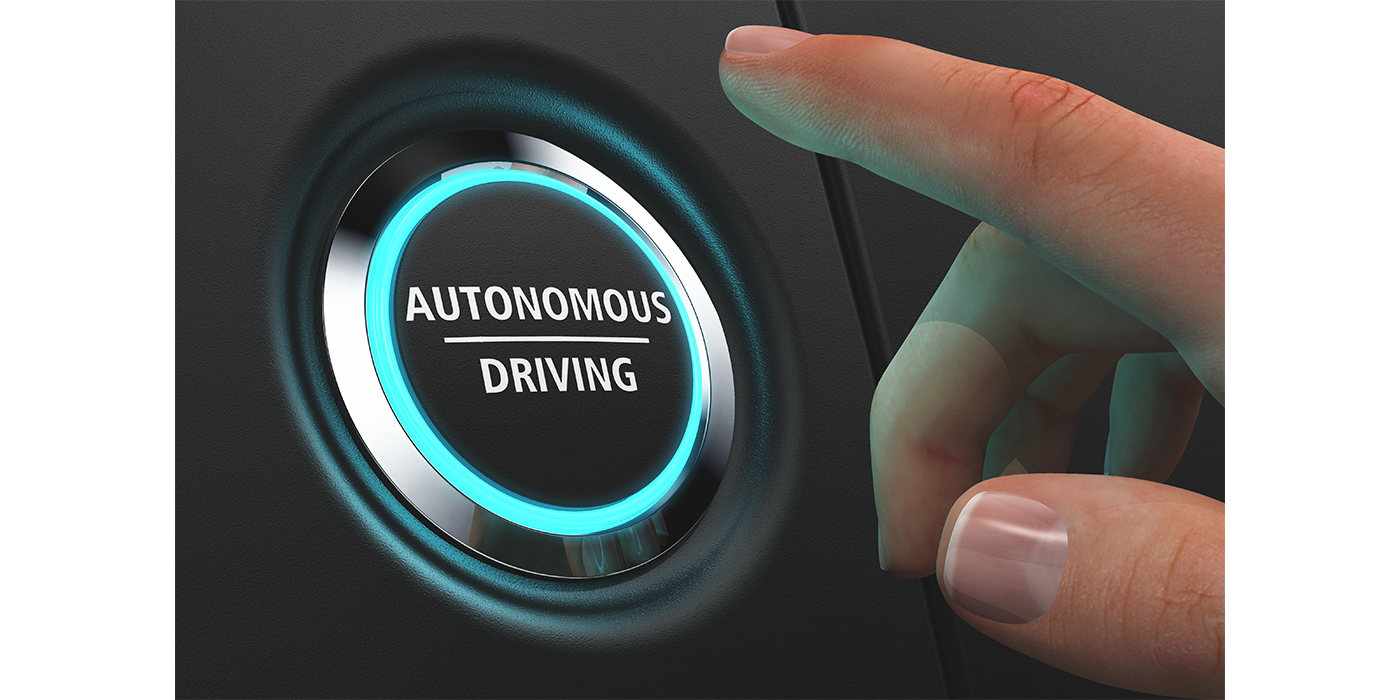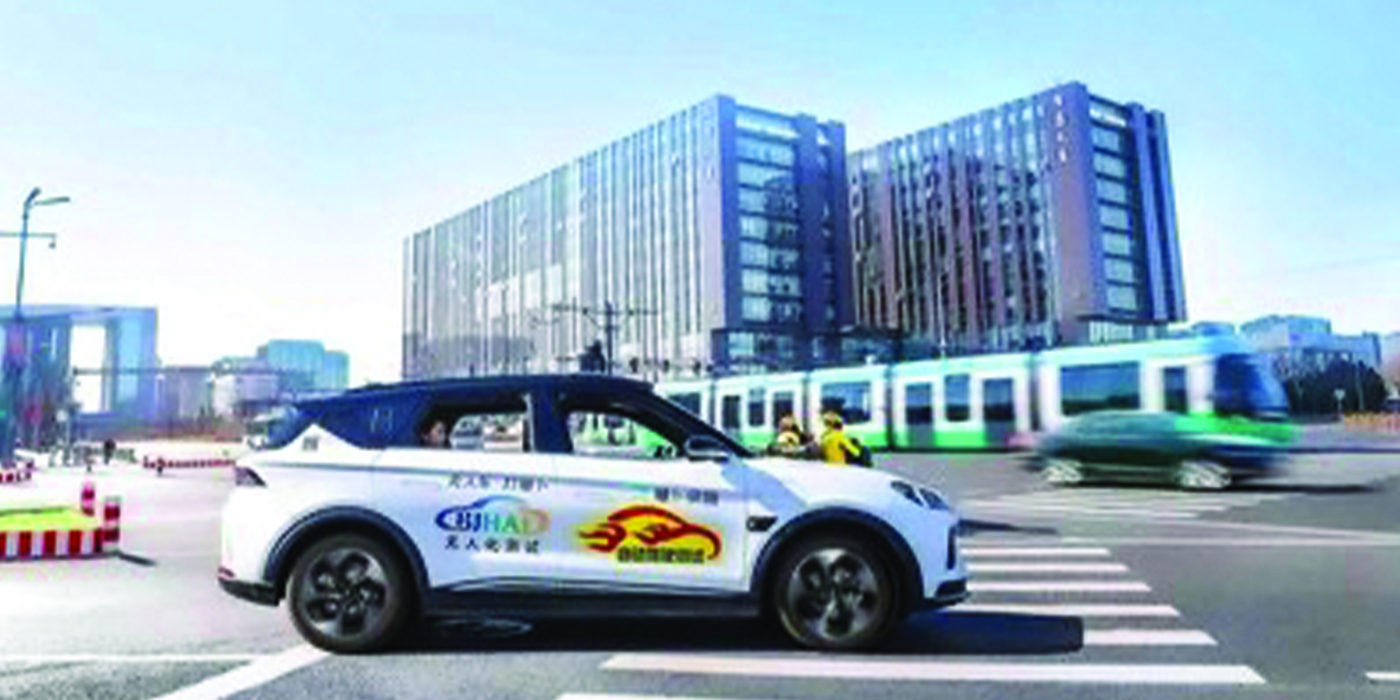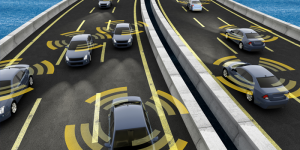
The U.S. Department of Transportation and the National Highway Traffic Safety Administration (NHTSA) earlier this week released new federal guidance for Automated Driving Systems (ADS): A Vision for Safety 2.0. This is the latest guidance for automated driving systems to industry and states.
“The new Guidance supports further development of this important new technology, which has the potential to change the way we travel and how we deliver goods and services,” said U.S. Transportation Secretary Elaine Chao. “The safe deployment of automated vehicle technologies means we can look forward to a future with fewer traffic fatalities and increased mobility for all Americans.”
A Vision for Safety: 2.0 calls for industry, state and local governments, safety and mobility advocates and the public to lay the path for the deployment of automated vehicles and technologies.
“In addition to safety, ADS technology offers important social benefits by improving access to transportation, independence and quality of life for those who cannot drive because of illness, advanced age or disability,” continued Secretary Chao.
A Vision for Safety: 2.0 builds on the previous policy and incorporates feedback received through public comments and Congressional hearings.
The DOT says 2.0 paves the way for the safe deployment of advanced driver assistance technologies by providing voluntary guidance that encourages best practices and prioritizes safety. The document also provides technical assistance to states and best practices for policymakers.
Specifically, the new Voluntary Guidance:
- Focuses on SAE International Levels of Automation 3-5 – ADSs – Conditional, High, and Full Automation;
- Clarifies the guidance process and that entities do not need to wait to test or deploy their ADSs;
- Revises unnecessary design elements from the safety self-assessment;
- Aligns Federal Guidance with the latest developments and industry terminology; and clarifies Federal and state roles going forward
As automated technologies advance, so will the Department’s guidance. It is intended to be flexible and to evolve as technology does. In fact, DOT and NHTSA are already planning for 3.0. A Vision for Safety is the newest version replacing previous guidance and offers a more flexible approach to advancing the innovation of automated vehicle safety technologies.
The new guidelines and other information on automated vehicles can be found here.
In sharing the news with its members, MEMA stated, “MEMA applauds efforts by Congress and regulators to create a roadmap for continued deployment of highly automated vehicles (HAV). Motor vehicle parts suppliers lead the development of many of the advanced vehicle technologies used in automated vehicles. MEMA will carefully review the new guidelines and provide detailed and constructive comments to the National Highway Traffic Safety Administration (NHTSA). In our meetings and in other communications with Secretary Chao and NHTSA officials, MEMA expressed support for the iterative process and guidance approach of to create a national framework that recognizes that federal and state governments must work together to establish policies that accelerate deployment of these technologies while balancing public safety and building trust.”
Aftermarket supplier Bosch also issued a statement in response to the updated guidelines.
“Bosch is grateful for the leadership of the U.S. Department of Transportation, including Secretary Elaine Chao as well as the team at NHTSA, to provide this critical guidance as the development of automated vehicles continues to progress,” said Mike Mansuetti, president, Robert Bosch LLC. “Bosch has a rich history developing automated and safety technologies as part of our brand promise to bring technologies to market that provide benefit to mankind. The updated guidance from the DOT and NHTSA helps more of these life-saving technologies to hit the road in the future.”
Throughout the policy update process, the DOT and NHTSA sought feedback from the industry. Bosch works with customers on solutions ranging from components to full systems that support automated driving. As a leading supplier with a broad portfolio of automated driving technology, the company was an active participant in the workshops and public meetings hosted by NHTSA as the agency encouraged a variety of opinions to create a national dialogue to help inform how this technology will transform mobility in the United States.
“Bosch was able to directly express our points of view and to bring new ideas for consideration throughout the diligent process undertaken by DOT and NHTSA,” said Mansuetti. “Bosch appreciates the Department’s continued recognition of the role suppliers such as Bosch play in developing automated driving systems and advanced technology.”
Bosch said it further commends Secretary Chao for her leadership in highlighting the importance of consumer education and awareness concerning advanced vehicle technology. The Bosch Automated Mobility Academy, launched in 2017, seeks to help enhance consumer understanding and to make this information easily accessible to members of the public.

